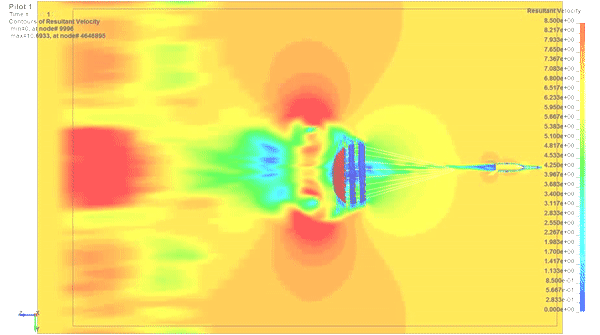Testing unusually-shaped parachutes
A novel parachute shape was tested to see if it could help slow and stabilise payloads during their descent to a Martian surface
A parachute with a large hole might not sound like the most suitable method of slowing down payloads as they land on Mars, but a recently closed GSTP project, conducted in the UK, showed that the novel, gliding shape might be the best to use in the planet’s low-density atmosphere to keep any instruments stable.
Historically, parachutes have played a crucial role in space missions for entry, descent and landing systems so being able to design, analyse, develop and verify a parachute subsystem is essential to securing Europe’s role in providing international space access and utilisation.
In light of this, Vorticity UK, produced a series of different parachute shapes. One novel design played on a previous one known as the disc-gap-band type— a traditional cone shape but with a gap at the base leaving a ring of material. The novel design used multiple rings of fabric in the hope it would make any descent slower while keeping the payload stable.
The novel type was tested in a wind tunnel and by dropping it from aircraft at high and low altitudes to see how it performed. The team also seeded the air flowing around the parachute with olive oil, to investigate the flow around the chute.
They found the unusual shape worked well, but that much more testing is needed to see if it can be used under operational conditions.
Watch Vorticity’s presentation at the November 2018 SET-FPDs here:















 Germany
Germany
 Austria
Austria
 Belgium
Belgium
 Denmark
Denmark
 Spain
Spain
 Estonia
Estonia
 Finland
Finland
 France
France
 Greece
Greece
 Hungary
Hungary
 Ireland
Ireland
 Italy
Italy
 Luxembourg
Luxembourg
 Norway
Norway
 The Netherlands
The Netherlands
 Poland
Poland
 Portugal
Portugal
 Czechia
Czechia
 Romania
Romania
 United Kingdom
United Kingdom
 Slovenia
Slovenia
 Sweden
Sweden
 Switzerland
Switzerland

























